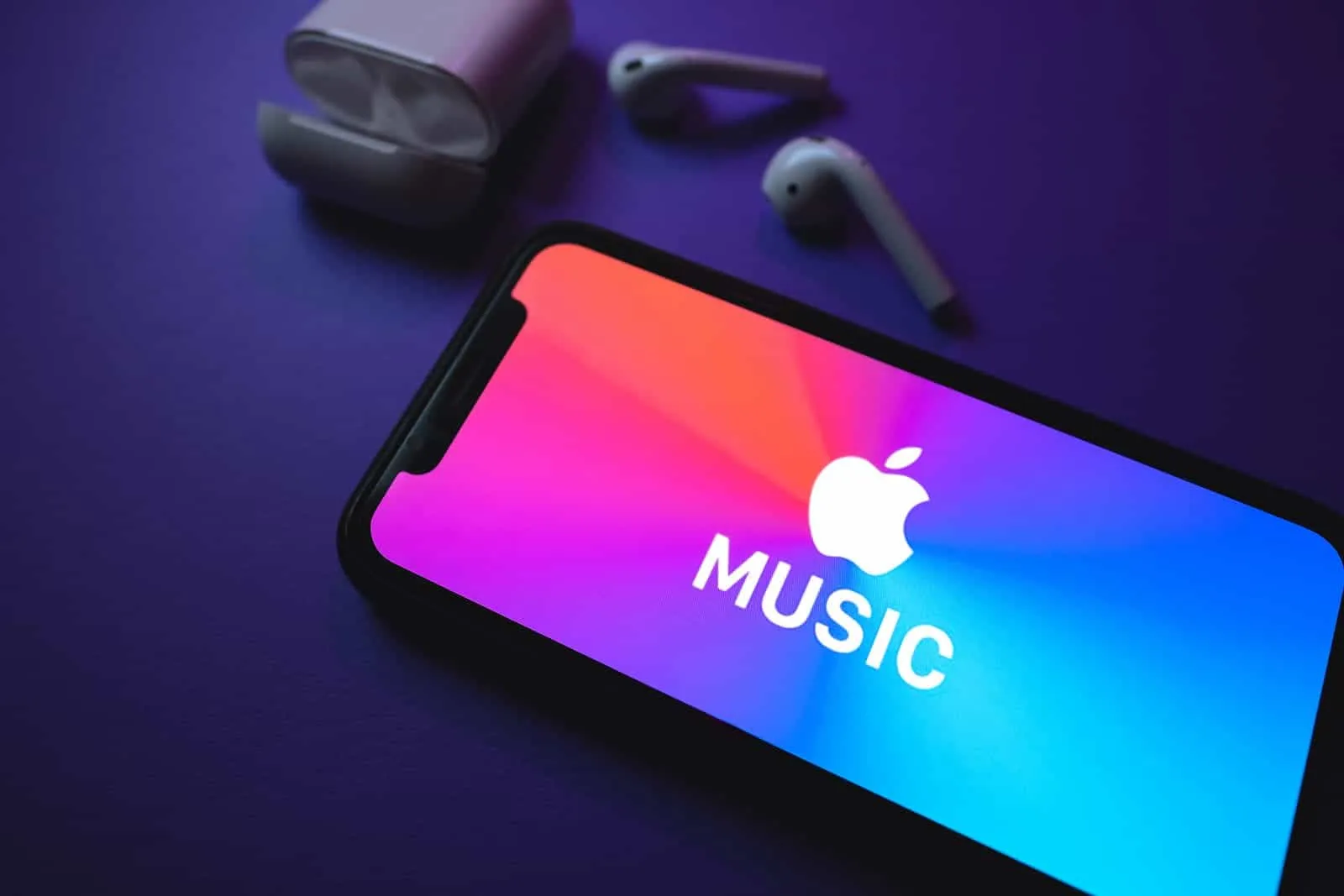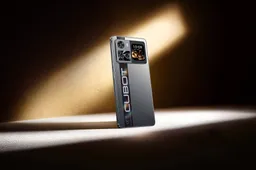Apple’s New Call Screening in iOS 26: A Smarter Way to Handle Unknown Calls
AppleFriday, 12 September 2025 at 07:05
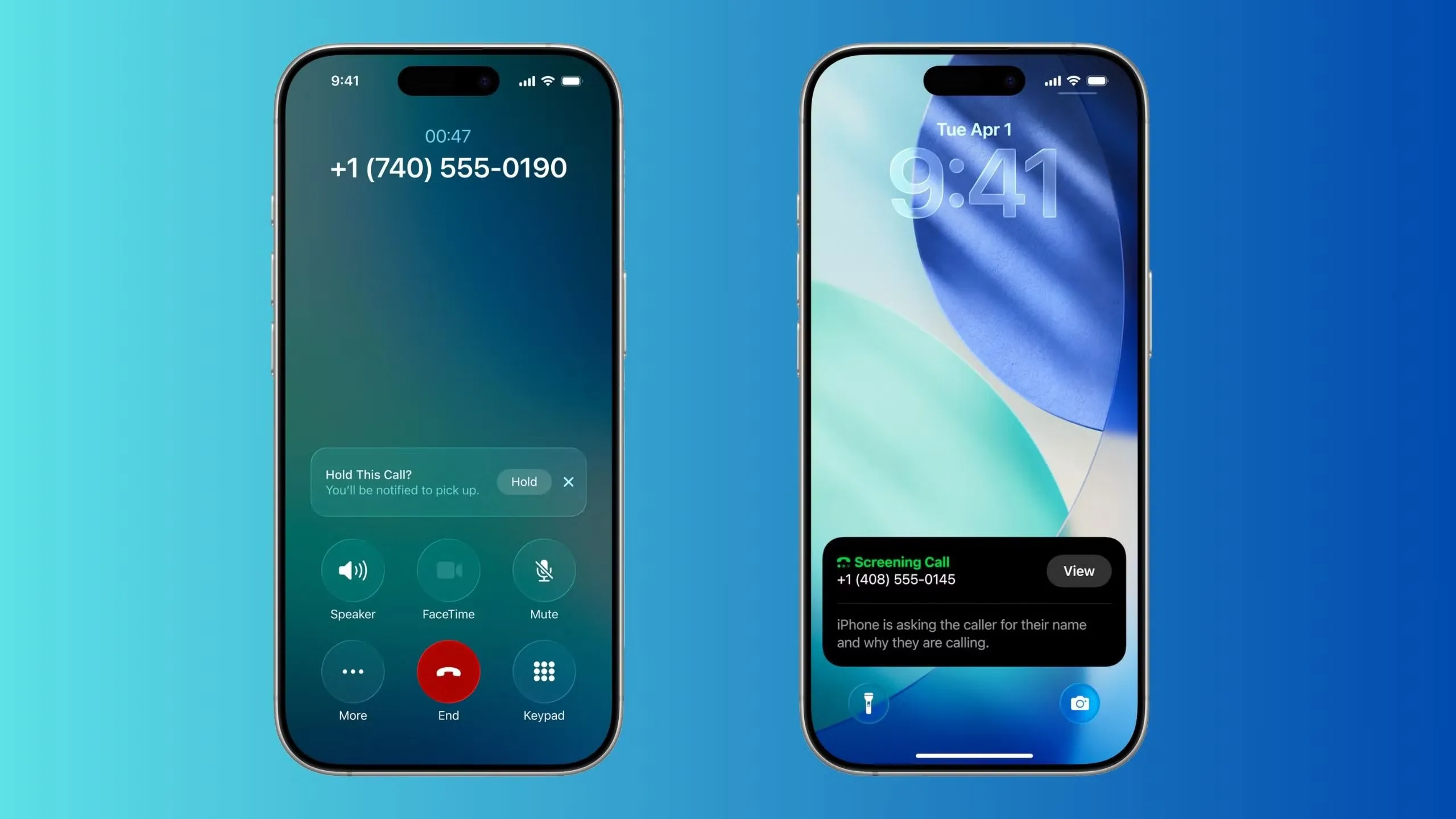
Apple is finally catching up to something Android users have enjoyed for years—call screening. With the release of iOS 26, Apple introduced a new feature that aims to make dealing with unknown and spam calls a lot less annoying. Simply called Call Screening, it gives your iPhone the power to quietly handle unknown callers and let you decide whether or not to pick up.
Read also
How Apple Call Screening Works
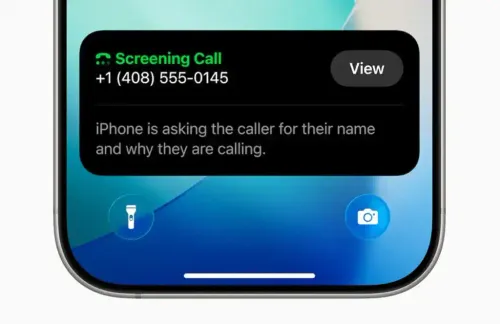
When someone who’s not in your contacts tries to call you, your iPhone will automatically answer the call behind the scenes. It then asks the caller to speak and say who they are and why they’re calling. While this is happening, you don’t hear a ring or any alert. Instead, your phone listens and then shows you a short summary of the caller’s response.
You’ll see the caller’s name (if they gave one) and their reason for calling, all in real time. From there, you can choose to accept the call, send it to voicemail, or block it entirely. No more picking up calls from “unknown” numbers only to be greeted by a robot or scammer.
Read also
What makes this feature even more appealing is that everything happens directly on your device. Apple has emphasized that none of the audio or information is sent to the cloud. That means Call Screening is private, secure, and doesn’t rely on any internet connection.
Other iOS 26 Features Worth Discussing
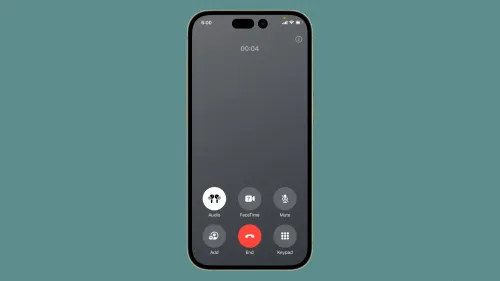
Another smart feature rolling out with iOS 26 is Hold Assist. If someone places you on hold during a call, your iPhone will detect the hold music and offer to stay on the line for you. Once a real human picks up, you’ll get a notification so you can jump back into the call. It’s perfect for those times when you’re stuck waiting for customer support or your bank.
This isn’t a completely new idea—Google’s Pixel phones have had similar call handling features for a while. But for Apple users, this is the first time your iPhone can act like a personal assistant for your calls.
Call Screening is also part of a broader set of updates to Apple’s communication tools. iOS 26 now separates messages from unknown senders into a different tab in the Messages app. The idea is to reduce clutter and give you more control over who gets to reach you. Even FaceTime benefits from the same approach.
On top of that, Apple has redesigned the Phone app, bringing all your recent calls, favorites, voicemail, and call screening options into a fresh, cleaner layout. And if you prefer the old look, you can switch back with a simple toggle.
Final Thoughs and Availability
For now, Call Screening is available in the developer and public beta versions of iOS 26, with a full public release expected this fall—most likely alongside the iPhone 16.
In a world filled with robocalls, scams, and endless hold music, Apple’s Call Screening and Hold Assist features feel like a breath of fresh air. It’s smart, subtle, and puts control back in your hands—just the way it should be.
Popular News
Latest News
Loading

